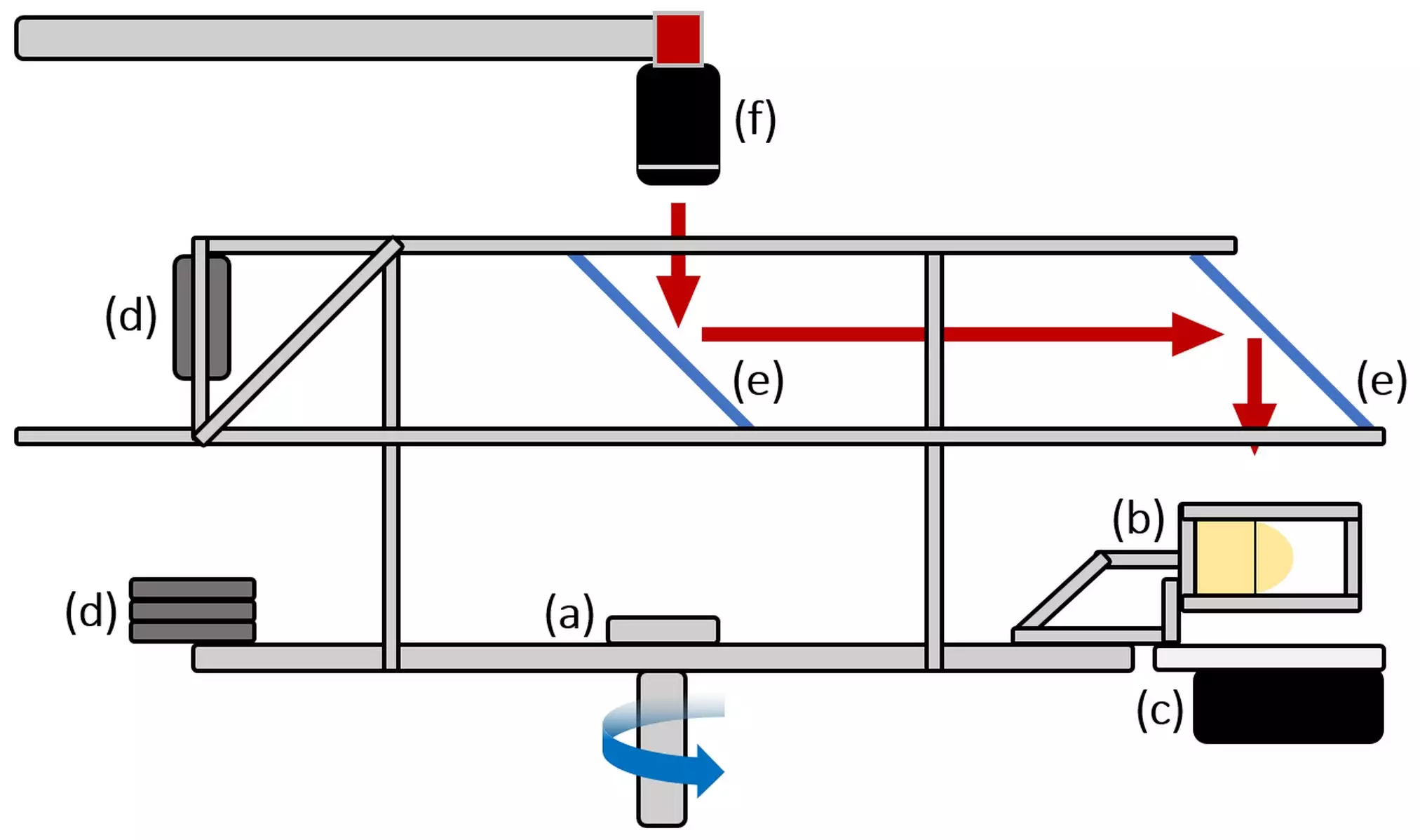Mayonnaise has proven to be an unlikely yet valuable tool in helping researchers delve deeper into the complexities of nuclear fusion. Arindam Banerjee, a prominent figure in mechanical engineering and mechanics at Lehigh University, describes how this common condiment is instrumental in their quest for solutions to enhance the structural integrity of fusion capsules utilized in inertial confinement fusion.
The concept of fusion reactions powering the sun presents a tantalizing prospect for a nearly infinite and eco-friendly energy source on Earth. However, recreating the extreme conditions of the sun poses a formidable challenge. Banerjee and his team, together with other researchers from various fields, are tackling this challenge from multiple perspectives.
The Role of Mayonnaise in Research
Inertial confinement fusion is a method that triggers nuclear fusion reactions by rapidly compressing and heating capsules containing hydrogen isotopes. At the point of extreme temperatures and pressure, these capsules transition into plasma, a charged state of matter capable of generating energy. Banerjee explains that plasma at such high temperatures can lead to hydrodynamic instabilities, ultimately decreasing energy output.
Banerjee’s team initially explored the Rayleigh-Taylor instability issue in a paper published in 2019. This phenomenon arises when materials of varying densities experience opposing density and pressure gradients, resulting in an unstable stratification. By using mayonnaise as a model material, the researchers were able to observe unique flow behaviors without necessitating extreme temperature and pressure conditions.
Using a specialized rotating wheel apparatus in Banerjee’s laboratory, the team mimicked plasma flow conditions with mayonnaise. They identified key phases in the material’s behavior, crucially noting the shift from an elastic to a stable plastic phase, which precedes flow-induced instability. Understanding this transition is vital for predicting and potentially controlling instability in fusion capsules.
A subsequent study published in Physical Review E delved into material properties and perturbation factors affecting Rayleigh-Taylor instability. The research highlighted conditions under which elastic recovery is achievable, enabling the delay or suppression of instability. These findings bear significance in optimizing capsule design to prevent instability issues.
While the team’s findings hold promise in enhancing the predictability of fusion capsule behavior, the vast differences in property values between actual plasma capsules and experimental materials present a significant challenge. Non-dimensionalizing the data allows for extrapolation beyond experimental limits, aiming to bridge the gap between analog experiments and real-world applications.
Banerjee emphasizes that his team’s work is part of a broader global initiative to bring fusion energy from theory to reality. By meticulously studying the complexities of nuclear fusion using unconventional methods, they contribute valuable insights to the collective effort of advancing fusion technology and securing a sustainable energy future.
The unorthodox use of mayonnaise in nuclear fusion research underscores the innovative approaches scientists are taking to unravel the mysteries of a potentially groundbreaking energy source. As researchers continue to push the boundaries of scientific knowledge, the humble condiment may very well play a crucial role in shaping the future of energy production.


Leave a Reply